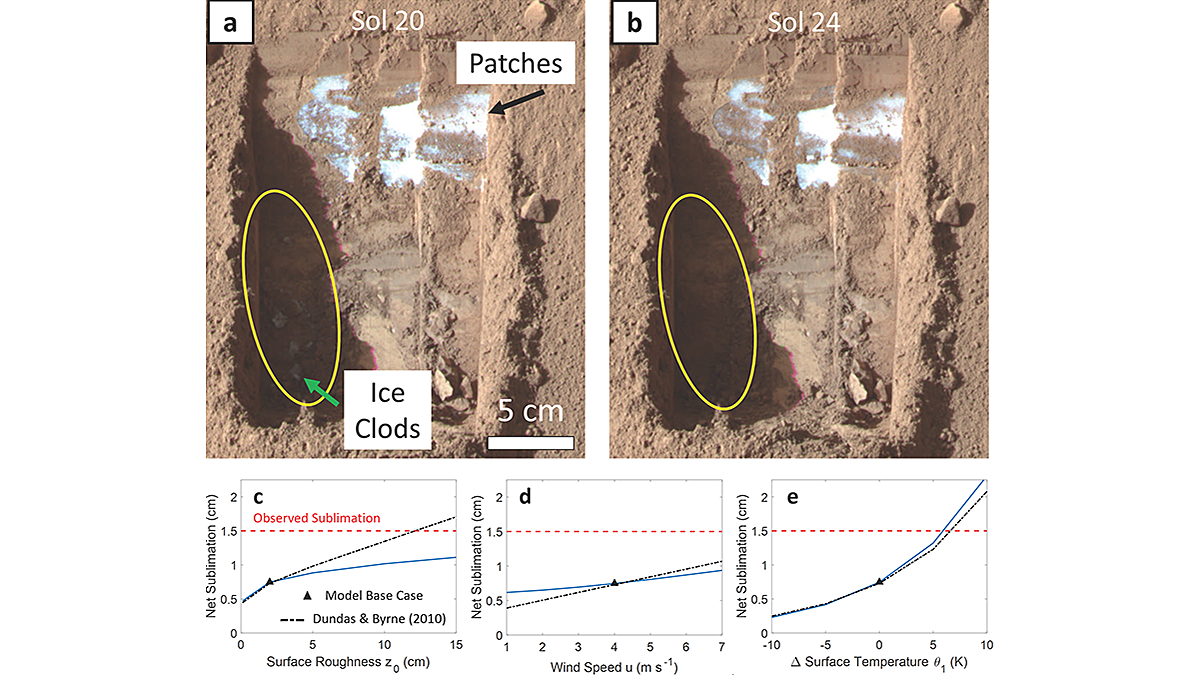Editors’ Highlights are summaries of recent papers by AGU’s journal editors.
Source: Journal of Geophysical Research: Planets
On Earth, as in other rocky bodies with an atmosphere, the most dramatic variations in wind, temperature, and humidity occur within the lowest part of the atmosphere in contact with the surface. Air flowing over rugged terrains spins up eddies, which transport heat, momentum, and humidity in and out of the surface. This turbulent transport shapes the near-surface weather, and thus plays a key role in the design of atmospheric instrumentation onboard current and future missions to these bodies.
Inspired by seminal work and recent advances developed in terrestrial field campaigns, but considering universal laws, Khuller and Clow [2024] developed a general unified model to quantify turbulent transport between the surface and the atmosphere of any planetary object. They validated the model using measurements from Earth, Mars, and Titan, and described its application to exoplanets. As an example, the model performs up to 71% better than commonly used methods to calculate Mars evaporation and sublimation.
The model provides improved constraints on the stability of ice on Mars and has great potential to become a widely useful model for sublimation and evaporation on any rocky body with an atmosphere. However, the model makes important assumptions that constrain its applications, leaving room for further improvements.
Citation: Khuller, A. R., & Clow, G. D. (2024). Turbulent fluxes and evaporation/sublimation rates on Earth, Mars, Titan, and exoplanets. Journal of Geophysical Research: Planets, 129, e2023JE008114. https://doi.org/10.1029/2023JE008114
—Germán Martinez, Associate Editor, JGR: Planets

